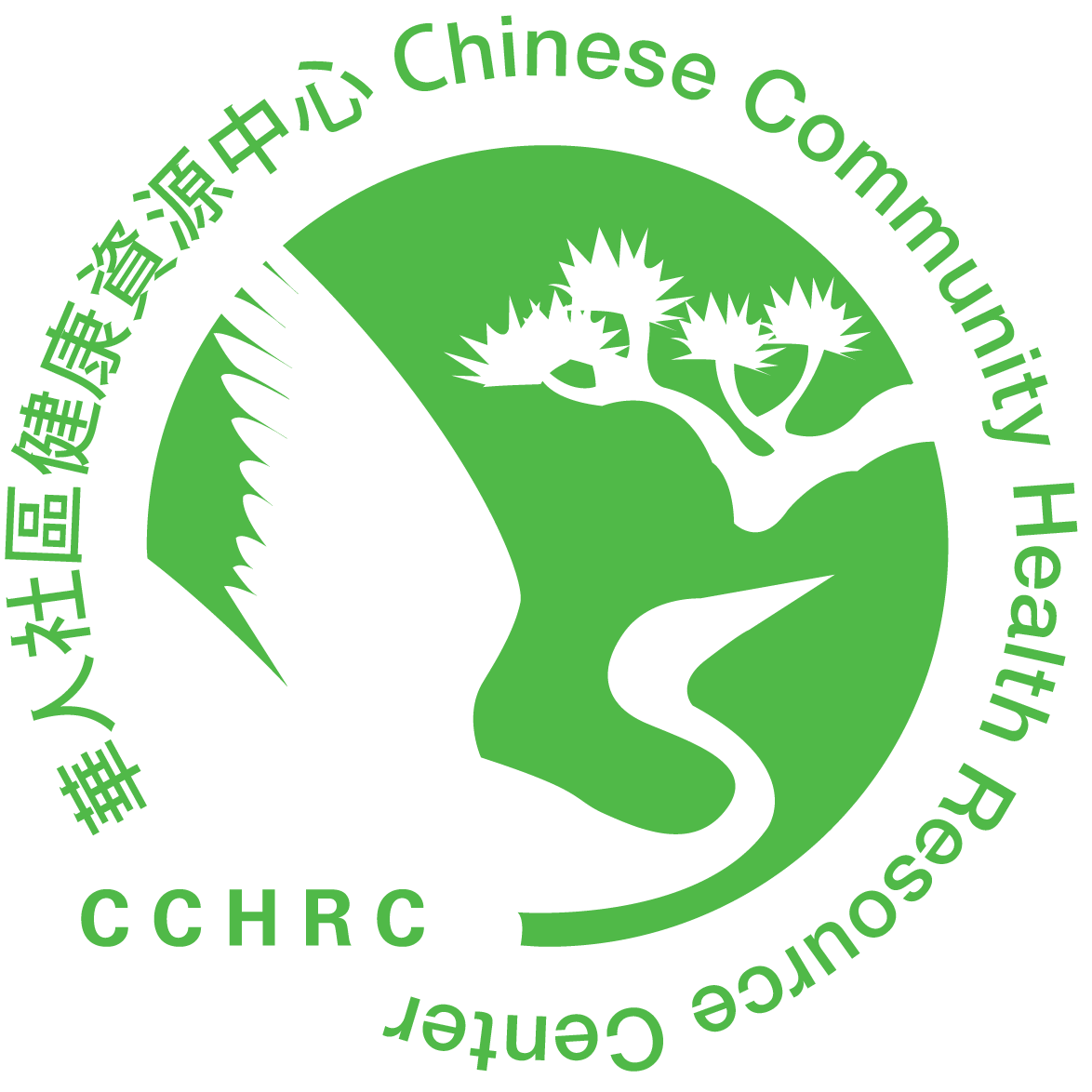Allergic disorders affect more than 20 percent of all adults and children. Allergy is an abnormal reaction to an ordinary, harmless substance called an “ALLERGEN”. Allergens stimulate the body’s immune system to produce antibodies. The subsequent reaction between the allergens and antibodies causes the release of a chemical called “HISTAMINE” from cells. It is these histamines, which cause the symptoms of an allergy.
The tendency to develop an allergy is inherited. Allergies can develop at any age but the symptoms generally diminish with age. Initial exposure to an allergen may not always cause a reaction. With repeated exposures, the allergic reaction can develop. There are two main types of allergies: food and environmental.
Food Allergies
A food allergy is an immune system response to a food that the body mistakenly believes is harmful. Once the immune system decides that a particular food is harmful, it creates specific antibodies to it. The next time the individual eats that food; the immune system releases massive amounts of chemicals, including histamines, in order to protect the body. These chemicals trigger a number of allergic symptoms that can affect the respiratory system, gastrointestinal tract, skin, or cardiovascular system. Some common symptoms are swelling, nausea, wheezing, and itchy skin.
At the present time, there is no cure for food allergy. Avoidance is the only way to prevent an allergic reaction. However, most individuals usually outgrow food allergies by the time they become adults.
Although a person can be allergic to any food, the following eight foods which account for 90% of all food-allergic reactions: milk, eggs, peanuts, tree nuts (walnut, cashew, etc.), fish, shellfish, soy, and wheat.
Environmental Allergies
Some common environmental allergens are pollens (grasses, trees, weeds), dust, molds and animal dander (the skin shed by dogs and cats).
Prevention
Even though environmental allergies cannot be cured, its miseries can be greatly reduced if you follow these steps:
1. Avoid Exposure
- Stay indoors as much as possible, especially during allergy season (early Spring to late Fall) when pollen counts are high. Keep your window closed, stay in air-conditioned rooms, and use an air-purifying machine.
- Bathe before going to bed to remove allergens on your skin or hair.
- Keep your home clean. Vacuum, dust and mop frequently. Use a damp, not dry, mop or cloth.
- Remove carpeting and replace with wood or linoleum flooring.
- Clean and replace heating filters and vacuum dust bag regularly.
- Keep pets out of bedroom.
Treatment
1. Take Allergy Relief Medication
- Always check with your doctor first before taking any medication. You may need to take it throughout the allergy season.
- Antihistamines and decongestants help to relieve symptoms of allergy such as sneezing, stuffy and runny nose, itchy eyes and throat. Some possible side effects include drowsiness, dry mouth, nervousness, and restlessness.
- Cromolyn sodium (nasal sprays) helps prevent allergic reactions while nasal steroid sprays help reduce their intensity. Nasal sprays are available without a prescription though they may take up to two weeks to take effect.
- Leukotriene inhibitors block the action of a chemical called leukotriene to reduce nasal congestion and mucus secretion.
2. Get Allergy Shots (Immunotherapy)
Periodic injections of a tiny amount of the offending allergen over the course of several years. The injections do not cure allergies but make the person less sensitive to them.
3. Epinephrine
For those with severe allergies, an emergency epinephrine shot (EpiPen) will help reduce symptoms until emergency care is reached. If you are an allergy sufferer, take an active part in minimizing your discomforts and you won’t have to suffer needlessly!
Copyright © 1992-2020 Chinese Community Health Resource Center
If you would like a copy of this health article, please click on the PDF button in the language you prefer. To view the PDF document, you’ll need Adobe Acrobat, which you can download here.
Bilingual:



